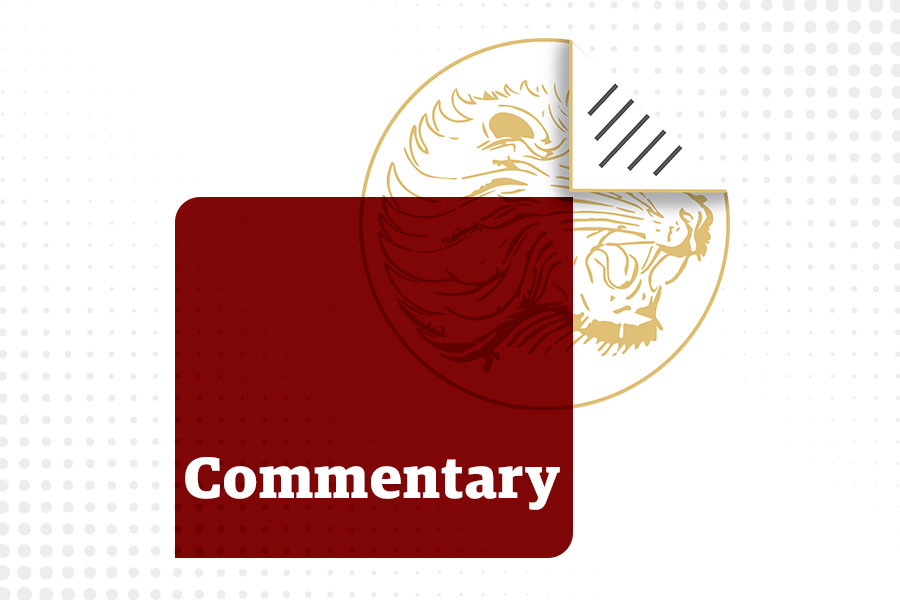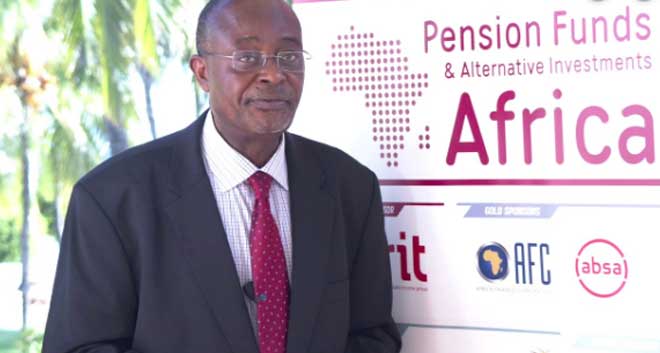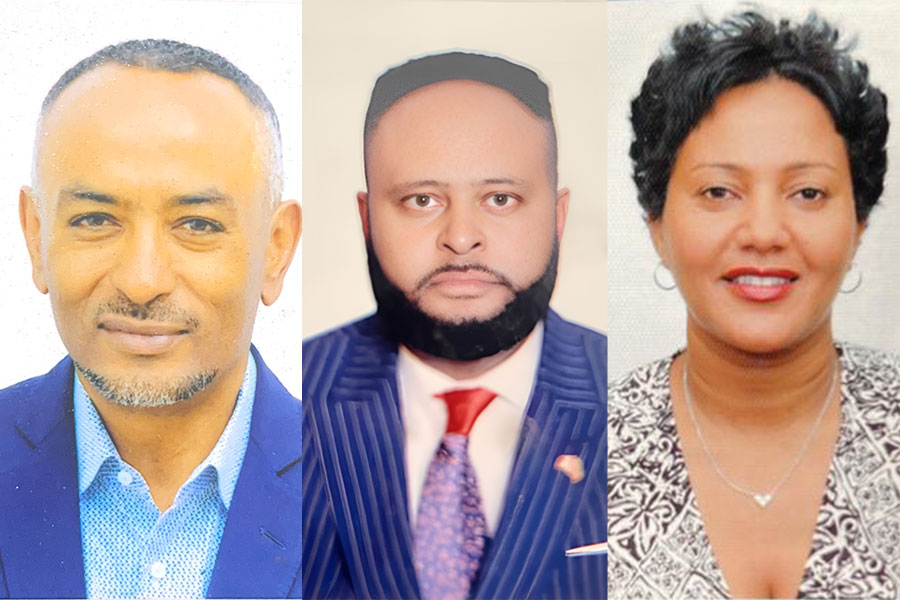
Commentaries | Feb 12,2022
Nov 9 , 2019
By Bula Sirika Wayessa (Ph.D.)
While the globalisation of teff has many benefits for Ethiopia, it can also bring some drawbacks to smallholder farmers and the urban poor unless production is increased to curb the emerging gap between domestic demand and supply, writes Bula Wayessa (PhD), whose research interests include pre-industrial craft technology, traditional agriculture, small-scale agriculture and land grabbing. He can be reached at wayessa.bula2009@gmail.com.
Africa, which is the original home of humanity, is also a major contributor to the world's food diversity. Teffis an indigenous African cereal grain, cultivated in Ethiopia for at least 2000 years.
In Ethiopia, teff is a vital pillar of the nation’s culinary and cultural heritage and national identity. Ethiopians rely strongly on teff in their bread-based cuisine, which acts as an identity marker across the diverse ethnic groups in the country. The crop frames Ethiopians’ indigenous farming technology and helps its society to chart social relationships through gathering around the plate and sharing.
Most Ethiopians depend on teff for bread, but the demand for this small cereal grain has now gone global. That is partly because of demand for the commodity among the ever-growing diaspora communities from the Horn of Africa countries who rely on the cereal. Meanwhile, the growing number of Ethiopian and Eritrean restaurants in the diaspora have raised public interest in the crop and created a market beyond Ethiopia’s boundaries.
As a gluten-free cereal, teff is becoming a popular crop on the international market, because it is rich in protein, fibre, iron and calcium. The mineral content of teff grain also gives the crop excellent potential for use in beverages, and recently it is attracting the attention of beer companies who want to brew gluten-free beer.
Teff is now available in organic and healthy grocery stores in North America and Europe, making it Ethiopia’s second gift to the world after Coffee Arabica. One of Ethiopia's most common foodstuffs is now considered a suitable substitute for wheat and other cereals in their food applications but the rapid globalisation of teff poses mixed economic and social consequences for Ethiopia.
Its export helps Ethiopia’s economy by contributing to its international trade. Globalisation and commercialisation of teff promotes a positive image of Ethiopia, which is best known in the Western world for its history of conflict and famine. However, commercial interest in the crop has drawbacks. It can increase the price of teff within Ethiopia itself, turning a once common and nutritious food crop into a luxury that rural households and the urban poor can no longer afford.
The average price of teff is 3,000 Br (about 100 dollars) per quintal, which is greater than the national monthly per capita income of 65.8 dollars. As a result, most Ethiopians have to rely on less nutritious and cheaper grains including maize or wheat for bread and can only afford bread by mixing teff with cheaper cereals on special holidays.
Because of the rising cost of teff and their own poverty-stricken lives, smallholders are now selling their entire teff harvest to earn more cash. Ironically, while demand is increasing, teff production in central Ethiopia - especially around Addis Abeba is declining because of the expanding flower farm, foreign-operated industrial parks and urban sprawl from a rapidly growing Addis Abeba.
Meanwhile, new bread-based status is being constructed in Ethiopian society. Bread-based social classes are emerging in which the teff-based bread represents a higher social class than other forms of bread. Commercialisation of teff is bringing dietary changes, social reconstruction, and transformation.
Some smallholders are shifting to non-native crops including maize, undermining the traditional position of teff. Since their introduction to the region, foreign cereals including maize, which provide a high yield per land unit, are overtaking more popular and more nutritious crops. Teff in comparison possesses a natural resistance to pests and is drought resistant, its fields require multiple ploughings and it is labour intensive. Teff also requires oxen for ploughing for cultivation and households without oxen are less likely to cultivate the crop.
Teff is cultivated by smallholders who grow the crop with few if any agricultural inputs. Private investors and government agents in the country are more interested in wheat and rice production than teff. Following the commercialisation of teff, increasing demand in the international market and increases in its price, the Ethiopian government has initiated a policy to ban exporting teff to prevent future food crises.
However, government policies are not successful, as reflected in the continued rise of the price of the commodity and shortage of its supply. These circumstances have already left a fingerprint on nutrition and social structure in Ethiopia.
The replacement of teff with non-native crops is not a sustainable way of combating the gap between demand and supply where interconnections between peoples and places have been intensified, producing an increasingly compressed economic, political and cultural world.
It is suggested that the Ethiopian government should focus on increasing agricultural inputs and encourage the private sector to get involved in improving and increasing production to curb the emerging gap between domestic demand and supply.
PUBLISHED ON
Nov 09,2019 [ VOL
20 , NO
1019]


Commentaries | Feb 12,2022

Fortune News | Apr 04,2020

Radar | Jun 03,2023

Commentaries | Feb 13,2021

Commentaries | Dec 28,2019

Fortune News | Feb 15,2020

My Opinion | Feb 16,2019

Fortune News | Apr 20,2019

Verbatim | Apr 13,2024

Exclusive Interviews | Nov 23,2019

My Opinion | 132038 Views | Aug 14,2021

My Opinion | 128435 Views | Aug 21,2021

My Opinion | 126362 Views | Sep 10,2021

My Opinion | 123981 Views | Aug 07,2021





Dec 22 , 2024 . By TIZITA SHEWAFERAW
Charged with transforming colossal state-owned enterprises into modern and competitiv...

Aug 18 , 2024 . By AKSAH ITALO
Although predictable Yonas Zerihun's job in the ride-hailing service is not immune to...

Jul 28 , 2024 . By TIZITA SHEWAFERAW
Unhabitual, perhaps too many, Samuel Gebreyohannes, 38, used to occasionally enjoy a couple of beers at breakfast. However, he recently swit...

Jul 13 , 2024 . By AKSAH ITALO
Investors who rely on tractors, trucks, and field vehicles for commuting, transporting commodities, and f...

Jul 12 , 2025
Political leaders and their policy advisors often promise great leaps forward, yet th...

Jul 5 , 2025
Six years ago, Ethiopia was the darling of international liberal commentators. A year...

Jun 28 , 2025
Meseret Damtie, the assertive auditor general, has never been shy about naming names...

Jun 21 , 2025
A well-worn adage says, “Budget is not destiny, but it is direction.” Examining t...

Jul 13 , 2025 . By YITBAREK GETACHEW
The Addis Abeba City Revenue Bureau has introduced a new directive set to reshape how...

Jul 13 , 2025 . By BEZAWIT HULUAGER
Addis Abeba has approved a record 350 billion Br budget for the 2025/26 fiscal year,...

Jul 13 , 2025 . By RUTH BERHANU
The Addis Abeba Revenue Bureau has scrapped a value-added tax (VAT) on unprocessed ve...

Jul 13 , 2025 . By NAHOM AYELE
Federal lawmakers have finally brought closure to a protracted and contentious tax de...